Organizational Prosperity
Behind the GDPs of nations and the profitability of corporations lie the sources of economic productivity and growth: growth in profitability, growth in market share, growth in market size. Our X-ray vision reveals these sources of performance and growth as the ingredients of New Capital and their development and integration.
Having been defined as “most important,” the historic power of Financial Capital has devolved to account for about 15 percent of Economic Productivity Growth or EPG. It is the other 85 percent of EPG that we are addressing in New Capital Development or NCD: MCD, OCD, HCD, ICD, mCD.
Throughout history, individuals and companies have contributed NCD ingredients to economic enterprises. However non-systematic and neutralized in their potency, these nascent forms of NCD have made all the difference in the successes of the enterprises.
Now, with the comparative contributions of IT reduced to “utility computing,” it becomes imperative to view these NCD dimensions in sharpest relief. The ICD-driven and HCD-driven operations are now poised to supplant the IT-driven and mCD-driven economic operations as prepotent sources of Comparative Advantage.
We may view the development and integration of NCD in the evolu-tion of economic operations from mCD through ICD to HCD, OCD, and MCD. We will present these images in prototypes:
- mCD-driven economic operations,
- ICD-driven economic operations,
- HCD-driven economic operations,
- OCD-driven economic operations,
- MCD-driven economic operations.
mCD-Driven Economic Operations
The first set of these prototypical images are the mCD-driven economic operations typical of the early Industrial Age (see Figure 67). As may be noted, the mCD operations may be defined as follows:
Delivery task functions are discharged by production-driven components enabled by outputting processes.
Another way of defining these mCD operations is that they are dominated by S-R Conditioned Responding Systems: like primitive assembly lines, everyone involved makes conditioned responses to the stimulus conditions they receive; in turn, everyone hands off their products as stimuli to the next recipients. All participants respond reflexively. There is no expectancy for participants to process intellectually. They are not empowered to do so.
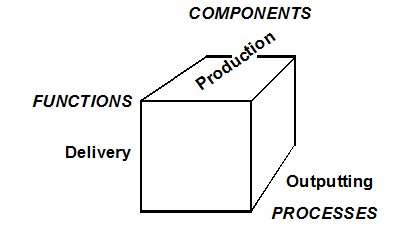
Figure 67. mCD-Driven Economic Operations
ICD-Driven Operations
The second set of these prototypical images are the ICD-driven eco-nomic operations typical of the Information Age (see Figure 68). As may be noted, these ICD operations may be defined as follows:
Supervisory objective functions are discharged by technology-driven components enabled by planning processes.
Another way of defining these ICD operations is that they are dominated by S-O-R Discriminative Learning Systems. They operate in branching systems with supervisory objectives empowered by technology and enabled by plans. All participants respond discriminatively. The participants process with repertoires of conditioned responses from which they emit those appropriate to the stimuli. They lack a powerful vision of ICD with which to do more.
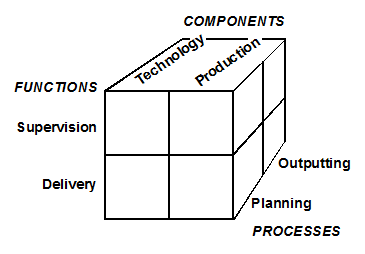
Figure 68. ICD-Driven Economic Operations
HCD-Driven Economic Operations
The third set of these prototypical images are the HCD-driven economic operations that characterize the Transitional Age in which we now find ourselves (see Figure 69). As may be noted, these HCD operations may be defined as follows:
Management systems functions are discharged by resource-driven integration components enabled by processing systems.
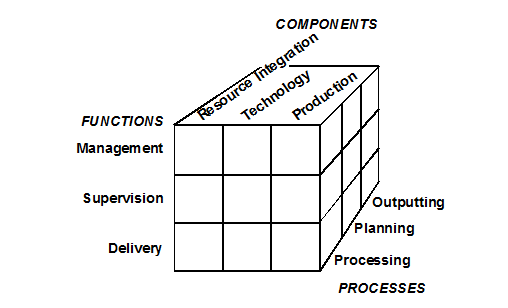
Figure 69. HCD-Driven Economic Operations
Another way of defining these HCD operations is that they are powered by S-P-R Generative Processing Systems. They operate as “Human Brainpower”: continuous processing to expand possible alternatives and to narrow to preferred courses of action.
The management function serves to empower people to design systems to integrate resources and achieve goals. All participants process to generate the ICD that makes the Discriminative Learning Systems work efficiently and effectively.
This is, indeed, a Transitional Age, lying between the Ages of Information and Ideation. However, here we are caught in a double-bind condition: we do not have the ICD to empower HCD; we do not have the HCD to generate ICD.
In the Information Age, we were able to deliver the right data to the right people at the right time. The problem is that we did not understand the meaning and rigor of ICD operations.
Now in the Age of Ideation, we are able to define the components and functions of information that we need. The problem is that we have little idea about the meaning and rigor of HCD processing operations.
While there are many false prophets of HCD, none but one will guide us. There is only one ingredient that makes humans truly “capital,” and that is our generative processing skills: the power to create better ideas!
OCD-Driven Economic Operations
The fourth set of these prototypical images are the OCD-driven economic operations that also characterize our Transitional Age (see Figure 70). As may be noted, these OCD operations may be defined as follows:
Executive architectural functions are discharged by marketing-driven components enabled by inputting systems.
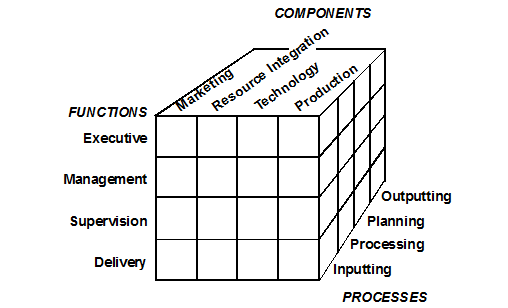
Figure 70. OCD-Driven Economic Operations
Another way of defining these OCD operations is that they are aligned by S-OP-R Organizational Processing Systems, a definable set of organizational operations: higher-level operations nesting and encoding lower-level operations; all operations rotating appropriately
to become functions commanding the continuous realignment of dimensions of other resources.
The executive function serves to design the organizational architecture to guide the systems to discharge their changing functions. All contributors process generatively to bring all NCD systems into the synergistic relations that make each system contribute maximally: MCD, OCD, HCD, ICD, mCD.
Again, we are now caught in a triple-bind condition: we not only lack systematic and comprehensive ICD and HCD, we also lack OCD alignment systems.
Once again, while there are many premature philosophers, none will guide us to actualize the contributions of OCD. There is only one ingredient that makes organizations truly capital: the ability to continuously realign resources to achieve better ways of accomplishing its changing functions.
MCD-Driven Economic Operations
The fifth of these prototypical images are the MCD-driven economic operations that culminate our Transitional Age (see Figure 71). As may be noted, these MCD operations may be defined as follows:
Policy positioning functions are discharged by leadership-driven components enabled by goaling systems.
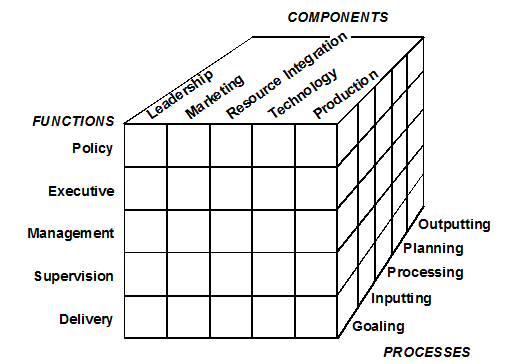
Figure 71. MCD-Driven Economic Operations
Another way of defining these MCD operations is to say that they are positioned by S-MP-R Marketplace Processing Systems, a definable set of interactive marketplace operations: continuously-evolving customer preferences dictating constantly-changing marketplace requirements and continuously-evolving organizational values and capacities.
The policy function serves to position the organization to maximize meeting both consumer requirements and organizational values at the highest levels. All leaders process generatively to refine and relate all continuously-changing, potentially synergistic operations.
Processing-Driven Economic Operations
Summatively, our X-ray Vision reveals that all economic operations are processing operations (see Figure 72):
- S-MP-R Marketplace Processing Systems,
- S-OP-R Organizational Processing Systems,
- S-P-R Generative Processing Systems,
- S-O-R Discriminative Learning Systems,
- S-R Conditioned Responding Systems.
These systems are iterative and interactive. They apply to all functions, components, and processes.
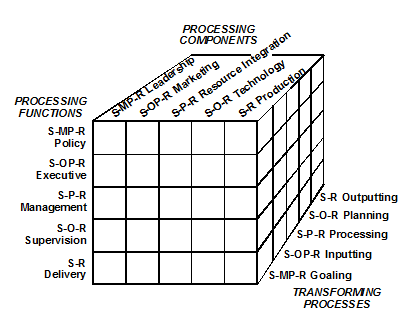
Figure 72. Processing-Driven Economic Operations
In their simplest forms, all processing systems are “nested” and, thus, “encoded” by the marketplace positioning of S-MP-R. This means that all processing systems can be aligned and rotated to implement marketplace positioning.
NCD-Driven Economic Ages
Another way of summarizing these NCD-driven economic opera-tions is to use a linear table of Economic “Ages” (see Table 20). As may be viewed, all economic processing operations are dedicated to NCD: MCD, OCD, HCD, ICD, mCD.
Table 20. Drivers and Processing Systems of Different Economic Ages
| Economic Age | NCD Driver | Processing System |
|---|---|---|
| Industrial Age | mCD | S-R Conditioning |
| Information Age | ICD | S-O-R Discriminating |
| Transitional I | HCD | S-P-R Generating |
| Transitional II | OCD | S-OP-R Aligning |
| Transitional III | MCD | S-MP-R Positioning |
| Age of Ideation | MCD | S-MP-R |
| OCD | S-OP-R | |
| HCD | S-P-R | |
| ICD | S-O-R | |
| mCD | S-R |
All NCD systems are directed by MCD or marketplace positioning, and are in turn aligned and rotated to develop all other forms of New Capital: OCD, HCD, ICD, mCD.
In Transition
Of course, like Boeing and Airbus, few systems fall nicely into these prototypes. Nevertheless, all successful economic systems will develop and integrate the NCD processing systems. They become Possibilities Economic Systems when they address the marketplace with all processing responses in their operational repertoires.
Probabilistic Differences
One helpful way to conceive of the NCD Processing Systems is by rating them. Utilizing five-level scales, we can conclude the following probabilistic differences:
- Level 1 = one cell;
- Level 2 = eight cells;
- Level 3 = 27 cells;
- Level 4 = 64 cells;
- Level 5 = 125 cells.
From this alone, we may conclude that operations like mCD and IT systems are severely restrained.
Possibilistic Differences
However, when we reason deductively from our comprehensive NCD model, we may approximate possibilistic differences. With five sources of effect, each system accounts for 125 cells. In total, NCD defines its universe of cells as 125 to the 5th power, or 1255 (see Table 21).
Table 21. Levels of NCD-Driven NCD Systems
and Universes of Cells
| Levels of NCD-Driven Systems | Multipliers | Universes |
|---|---|---|
| mCD | 125 | 125 |
| ICD | 1252 | 15,625 |
| HCD | 1253 | 1,953,125 |
| OCD | 1254 | 244,140,625 |
| MCD | 1255 | 30,517,578,125 |
In quantitative terms, this means that comprehensively developed and integrated NCD systems would be billions of times more powerful than minimally developed systems such as mCD and IT.
Qualitative processing is still another story! With processing embedded and interactive with, between, and among all cells, the power might approach the ultimate comparison: Infinity > Infinitesimal.
On the face of it, the possibilistic differences appear overwhelming—indeed, impractical to many business people. In practice, the processing systems render the objectives operational (Table 22):
Table 22. Processing Systems and Applications of NCD Goals
| NCD Operations | Processing Systems | Applications |
|---|---|---|
| MCD | S-MP-R | Corporate Positioning |
| OCD | S-OP-R | Organizational Alignment |
| HCD | S-P-R | Human Processing |
| ICD | S-O-R | Information Modeling |
| mCD | S-R | Mechanical Tooling |
- MCD generates the corporate positioning in which all NCD is “nested” and by which all NCD is “encoded.”
- OCD generates the organizational alignment within which all NCD is “aligned” and then “rotated.”
- HCD generates the human processing that “expands” and then “narrows” new images of operations.
- ICD generates the information modeling that “dimensionalizes” and then “operationalizes” productive images of operations.
- mCD generates the mechanical tools that “technologize” and, then, “produce” the products of the operations.
As illustrated, the operations can be rotated to individual or team work stations and prioritized by functions.
At a minimum, we may conclude that approximations of comprehensively developed and integrated NCD models are exponentially more powerful than the primitive mCD and IT-driven operations. Whether in business or with nations, we may consider the implications of limited-cell cultures relating dependently and reactively—even violently—to advanced, interdependently-integrated, generative processing cultures!
Relatedly, it is not the terrorist power of limited-cell societies that we fear. It is the lack of fulfillment of our own Human Mission:
- Like NCD, to actualize the ultimate processing power of the many billions of neurons in Human Brainpower;
- Like the cells of NCD, to actualize the simultaneous processing with many thousands of other neurons in our Brainpower.
In transition, few organizations have approached the robust power of fully developed and integrated NCD. Perhaps some people at Airbus have had glimpses of it. Keep on processing!
No nations have even entertained the power of interdependency in the form of processing-driven NCD operations, even as the means of accomplishing Free Enterprise Economics.
Moreover, the Processing Vision has been obfuscated by most multinational corporations that, having achieved success with IT-driven operations, seek to utilize their limited S-O-R systems to restrict the operations of others in the marketplace.
The vision is further clouded by the earnings in Financial Capital of the primitive operations of resource-based companies and nations, such as the oil-producing nations now engaging in “The last dinner of the dinosaurs!”
The NCD systems are pre-potent! Pursued intensively and extensively, they will further reduce the economic growth contributions of Financial Capital to mere catalytic levels.
In so doing, NCD will dwarf the contributions of the mechanical and relational data-based driven IT operations of the Age of Information.
Instead, NCD will generate the processing-driven operations of the Age of Ideation.
Our Ideational Products will be ICD:
- Information models that constitute the basis of All Science and Technology and, thus, Economics;
- Information models that are created continuously by the interdependently and synergistically-related HCD, OCD, and MCD generating systems.
This will introduce us to “The Infinity Reaches of Capital Wealth!”
Welcome to The Possibilities Economy!
– R. R. Carkhuff
A Tale of Two Economies.
In The Possibilities Economy.
Amherst, MA: HRD Press, 2005
